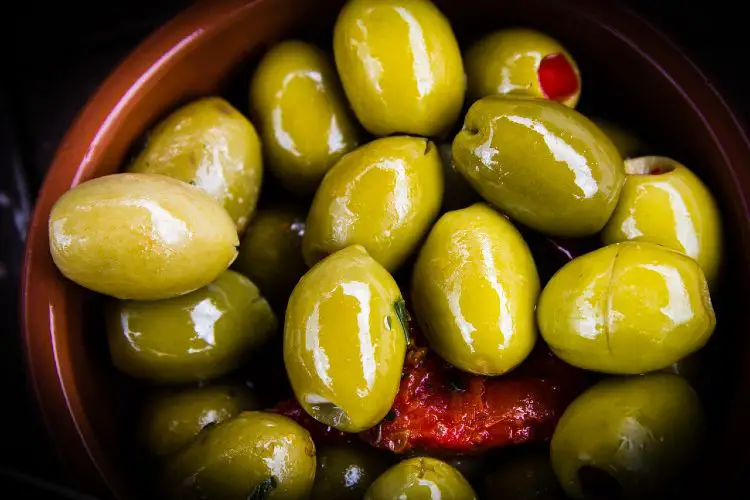Eating Nigella
The dog days of summer are upon us and with its last breaths August closes its clammy door on us and the gust of Autumn’s change sweeps in. What a disaster! All this rain and unsettled weather means that I am behind, I am restless, like a caged animal that wants out. I have seeds to collect from my soon-to-die-down herbaceous borders and kitchen garden, and, like a stomping horse at a starting line, I am chomping at the bit.
There is one plant in particular that I seed and that self-seeds all over my garden every year, and has done since I moved here many, many years ago. Nigella damascene is a beautiful plant, part of the Ranunculaceae family, just like delphiniums, anemones, aquilegias, larkspur, buttercups and clematis. In fact, you could almost grow all the cut flowers of your needs and beyond from just this family alone, so wide-ranging, prolific, reliable and beautiful it is. There are fourteen different varieties in the genus Nigella, of which the sativa variety is also known as “black cumin”.
Towards the end of April, beginning of May, I sprinkle the tiny jet black seeds widely onto bare, tilled composted beds, onto gravel, at the sides of my kitchen garden and even in pots. I water. I press. I walk away.
Lime green, wispy, love-in-a-mist leaves appear in quite quick succession, whether the flowers be growing in the sun or in the shade, with the flower in a tight bud that opens to reveal tissue paper-thin flowers. They are so light and delicate that one gust of wind and the petals are blown into the wind like confetti whirling in wedding air.
Of pink, white, azure and lilac hues, the flowers quickly give way to a follicle fruit capsules that stand proud and perpendicular towards the summer rays, becoming brown, dry and wrinkly like parchment as the seed pod desiccates.
If you break the capsule between your fingers, out will emerge scores of black seeds that, if left to nature’s own devices, will spread far and wide, doubling the population of your stock the following season. They are disease and pest free, disseminating expansionist claims on barren terrain like poppies in a wheat field.
Nigella seeds taste somewhat of cumin, sliced spring onion and crushed marjoram leaves put together on the palate, and are commonly used in Middle Eastern and Bengali cuisines. The latter uses a spice mix called “panch phoran”, which is usually made of five different types of seed: fennel, cumin, fenugreek, mustard and nigella. The five seeds are tempered in hot ghee, or butter, and then lentils and vegetables added.
Nigella seeds are also spread on flat breads, like piadina, schiacciata, tortilla, naan or even pizza. If you don’t hurry to collect the seeds before the plant dies, the birds will do it for you.
Like so much of the activity at the end of summer, seed collection comes as a chore at a time when the gardener is most hurried and anxious. Cutting back, trimming, pruning, tidying, collecting and storing, popping nigella capsules to collect the seeds seems yet one more job one could do without. When I am procrastinating, I take hold of a bunch of of the whole plant, leaves, stems and capsules, and I hang them upside down from a hook in my warm boiler room. I place a bucket underneath, and slowly, slowly the seeds fall out all by themselves.
The dried capsule heads also make very attractive cut flowers – at a time of year when so much in the garden has gone over and a totally different palette of berries, hips, ivy and asters is left to decorate the dining table.
My redoubtable housekeeper, Mrs. Cripps, does not remotely understand my obsession and passion for seed collection. She sees the multitude of little glass jars and bottles, labelled with the names of plants, in the larder, and she asks me why I do not just go to Waitrose and buy them from Barts or Schwartz, like everyone else.
Yet I look upon those simple jars as my trophies for a job well done, for the spring and summer I have toiled, planted, watered, weeded, staked, tied, protected, worried and collected. Much more than a harvest, their contents are the promise of delicious things to come: breads, stews, soups, casseroles and curries. My seed collection is my precious, rainy-day insurance policy. This summer I feel every day has needed its own premium.



